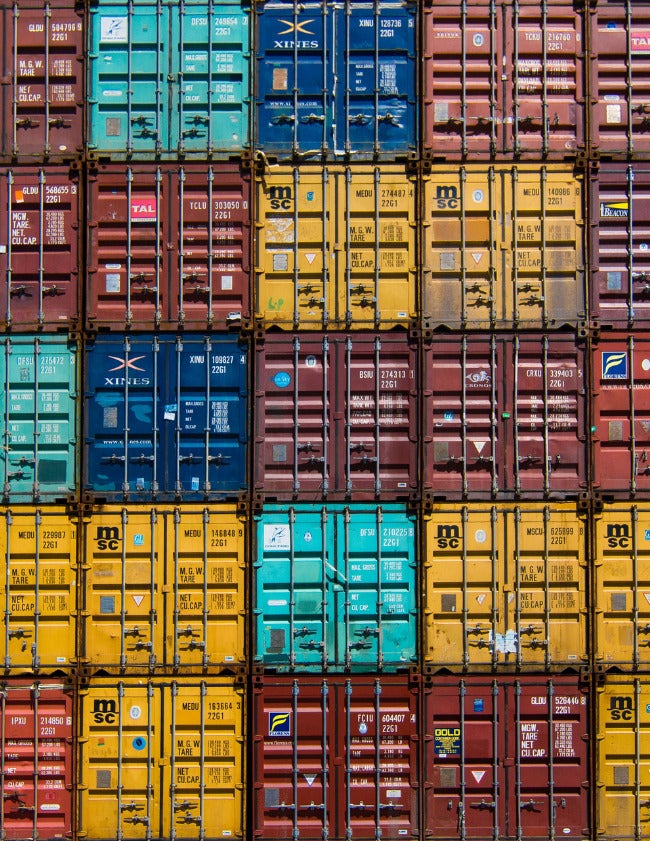An intern’s research on transitioning toward a more sustainable hydro future: Climate change has the potential to impact all aspects of life, including health, agriculture, and our GDP. We’ve had ample warnings – from the National Climate Assessment the US Government released last year, to the UN IPCC 1.5◦ report. The time has come for a serious, practical transition to clean energy that is both reliable and environmentally conscious.
Over the last century, hydropower technology has helped build out our society through the deployment of dams, particularly across the west. Hydropower relies on flowing water to propel a turbine, and so creates carbon-free electricity, although the reservoirs that dams rely on do produce large amounts of methane. Dams need a lot of cement to be built at large scales, and the use of cement is the third largest anthropogenic source of CO2. Additionally, the biological and riparian elements of rivers downstream of dams are often negatively impacted. Fish can be displaced, leading to species degradation and loss, and lack of river flow can cause sediment to build up.
These issues tie into the economic effects laid out in the National Climate Assessment. If fish aren’t populating as well, and agricultural land isn’t getting the runoff from rivers that it needs, it can harm the economy and hurt businesses. Since dams can cause damage to the environment and create issues downstream, what is an environmentally viable alternative that can still produce clean electricity for the grid?
Run-of-the-river dams could be an alternative. This technology essentially diverts the flow of the river to propel a turbine but does not make use of reservoirs to hold the water and prevent it from continuing downstream. While it is subject to seasonal flows, making it more of an intermittent energy source, it has proven to be much more environmentally friendly. By funneling the water through a small pipe next to the river and returning it back downstream, run-of-the-river technology prevents sediment build up, allows fish to spawn at natural rates, and has a smaller operational cost than dams.
It is clear that we cannot divert all of our resources away from dams to keep up with ever-growing energy demands. However, by retrofitting existing dams that are not currently in use, building new small hydro projects, such as run-of-the-river, and cutting down on the reliance of fossil fuels, run-of-the-river dams might provide a more sustainable way to increase the supply of renewable energy in the energy transition. Policymakers and engineers can manufacture efficient ways to modernize our current infrastructure to meet at the intersection of conservation and energy development. Here’s to hoping compromise is found.
Josh McGhee served as the Aspen Institute Energy and Environment Program Fall 2018 and Spring 2019 Intern. This blog was the culmination of his research on hydro power during his time as an intern. Prior to his internship at the Aspen Institute, Josh served as a Fellow in the Piedmont Environmental Council and as a Federal Affairs Intern at the Wildlife Conservation Society. He is currently a graduate student at the University of Maryland and a Public Policy Intern at the legal firm Squire Patton Boggs.

